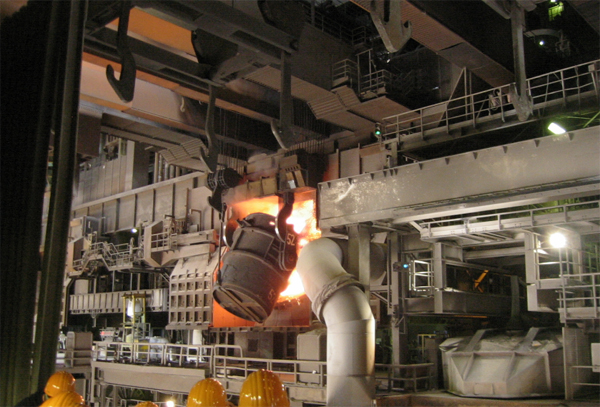
The art of steelmaking has evolved over centuries, with technological advancements continually enhancing the process to meet the ever-growing demands for quality and efficiency. A key innovation in this realm is the integration of calcium refining techniques. This article explores the significance of calcium refining methods in steelmaking and the transformative impact they have on the quality and properties of the final steel product.
Calcium, an essential trace element, plays a multifaceted role in steel production. Its integration into refining techniques contributes to improving various aspects of steel quality, from minimizing impurities to enhancing mechanical properties.
Desulfurization for Clean and Pure Steel
One of the primary benefits of calcium refining is its desulfurization capacity. Calcium reacts with sulfur to form calcium sulfide, which has a high affinity for inclusion in slag, allowing for the removal of sulfur from the steel melt. This results in a cleaner and purer steel composition, with reduced levels of sulfur that could otherwise lead to brittleness and decreased mechanical properties.
Calcium has a strong affinity for oxygen, making it an effective agent for deoxidizing the steel melt. By introducing calcium into the molten steel, oxygen reacts with calcium to form calcium oxide, which readily forms slag. This prevents oxygen from reacting with other elements in the steel, preserving their integrity and maintaining desired mechanical properties.
Inclusion Modification: Elevating Steel's Structural Integrity
Inclusions, non-metallic particles in steel, can have a significant impact on its mechanical properties. Calcium refining techniques enable the modification of these inclusions, rendering them less harmful to the steel's structural integrity. This refinement leads to improved mechanical properties, greater toughness, and enhanced resistance to fatigue, ensuring the steel meets rigorous performance standards.
The incorporation of calcium into the steelmaking process facilitates grain refinement within the steel matrix. Finer grains contribute to increased mechanical strength, hardness, and toughness. This is particularly beneficial in applications where durability and reliability are critical, such as structural components in buildings and infrastructure.
Calcium Injection Techniques: Precision and Control
Modern steelmaking has introduced advanced calcium injection techniques that provide greater precision and control over the refining process. Calcium can be injected into the steel melt at specific stages, allowing for targeted reactions and optimized results. This level of control enables manufacturers to tailor the steel's properties to meet specific application requirements.

Calcium refining techniques not only elevate steel quality but also align with sustainable manufacturing practices. Efficient deoxidation and desulfurization reduce the release of harmful gases into the environment, contributing to reduced emissions. Moreover, the removal of impurities leads to less material wastage, demonstrating a commitment to resource efficiency.
In the dynamic landscape of steelmaking, calcium refining techniques have emerged as a cornerstone of quality enhancement. From their role in desulfurization and deoxidation to the modification of inclusions and grain structure, calcium-based methods shape the steel's properties, making it more durable, resilient, and fit for diverse applications. As the steel industry continues to evolve, the integration of calcium refining techniques showcases the industry's commitment to innovation, quality control, and sustainable manufacturing practices.

Write a Message